From Oil Wells to Rocket Engines: Where Specialty Transmitters Excel
Introducing the world of specialty pressure transmitters, where precision meets innovation, and the extraordinary becomes the norm. In the realm of engineering excellence, these remarkable instruments redefine what's possible in the world of pressure measurement. Beyond the conventional, they step into the extraordinary, tailored for applications that demand nothing less than perfection.
Specialty pressure transmitters are the unsung heroes, the sentinels guarding critical processes and systems in environments where standard instruments falter. From the depths of subsea exploration to the scorching heat of industrial furnaces, they adapt, endure, and excel.
In this glamorous journey through the extraordinary, we'll delve into their world, exploring their versatility, dazzling applications, and the sheer brilliance of their design. Welcome to the future of precision measurement – where specialty pressure transmitters rise to the occasion, no matter how extreme, and where accuracy and resilience unite in a symphony of engineering elegance.
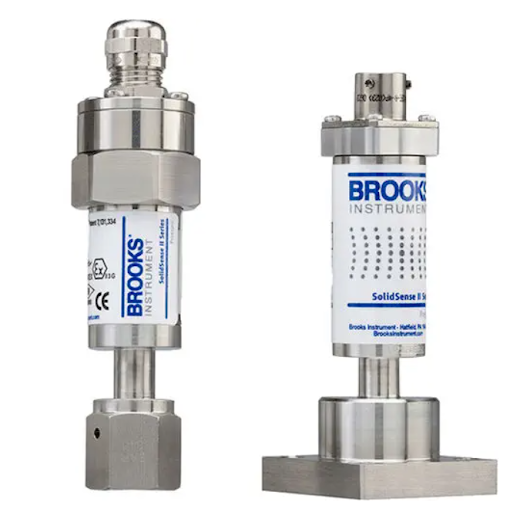
Fig 1. Absolute pressure transmitter solid-sense
What is a specialty pressure transmitter?
A specialty pressure transmitter is a type of pressure sensor or transducer designed for specific and often specialized applications that require accurate and reliable pressure measurement in challenging or unique conditions. Unlike standard pressure transmitters, which are more general-purpose and used in common industrial applications, specialty pressure transmitters are engineered to meet the requirements of specific industries or situations. They are typically characterized by their ability to withstand extreme conditions, such as high temperatures, corrosive environments, or hazardous areas, and are built to deliver precise pressure measurements in these challenging settings.
Specialty pressure transmitters can vary significantly in design and features based on the application they are intended for. For example, there are specialty pressure transmitters designed for subsea applications, where they need to withstand high pressures and function underwater. Others are created for high-temperature environments, where they must operate at elevated temperatures without compromising performance. Additionally, specialty pressure transmitters may be used in sectors such as aerospace, medical equipment, automotive, and more, where specific requirements exist for pressure monitoring.
In summary, specialty pressure transmitters are highly specialized sensors that are tailored to meet the unique demands of particular industries and applications, providing accurate and reliable pressure measurements in challenging conditions.
What is the principle of operation for specialty pressure transmitters?
The principle of operation for specialty pressure transmitters is based on the fundamental concept of converting mechanical pressure into an electrical signal. These transmitters are designed to perform this conversion accurately and reliably, and the specific operation can vary depending on the type and design of the transmitter. Here's a general overview of the principle of operation for specialty pressure transmitters:
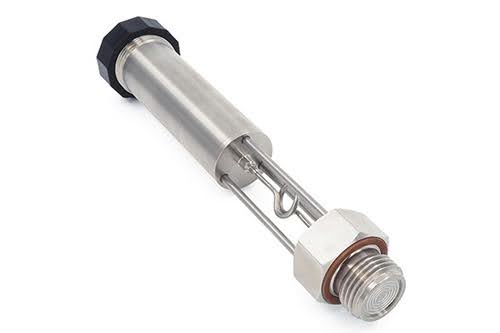
Fig 2. Front-Flush Pressure Transmitters
What types of specialty pressure transmitters are available?
Specialty pressure transmitters come in various types, each designed to address specific industrial and environmental challenges. Some of the common types of specialty pressure transmitters include
Submersible Pressure Transmitters:
High-Temperature Pressure Transmitters:
Hygienic Pressure Transmitters:
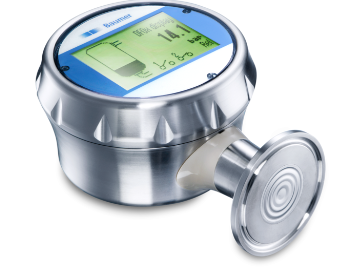
Fig 3. Hygienic Pressure Transmitter
Corrosion-Resistant Pressure Transmitters:
Explosion-Proof Pressure Transmitters:
High-Radiation Pressure Transmitters:
Cryogenic Pressure Transmitters:
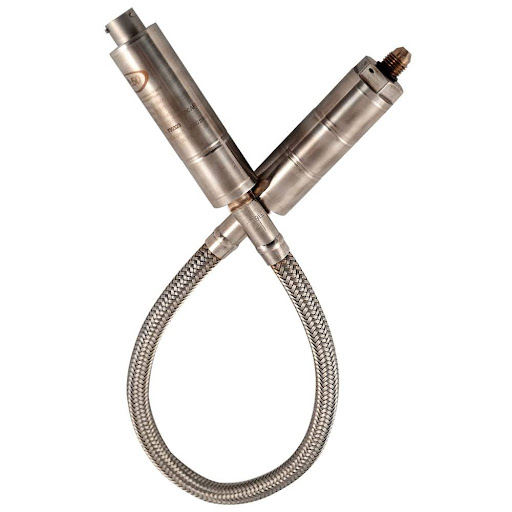
Fig 4. Cryogenic Pressure Transmitter
Wireless Pressure Transmitters:
Medical Pressure Transmitters:
Geothermal Pressure Transmitters:
Altitude Pressure Transmitters:
Pneumatic Pressure Transmitters:
Leak Testing Pressure Transmitters:
Comparing table
Certainly, here's a comparative table summarizing the characteristics, operation, applications, limitations, and pros and cons of different types of specialty pressure transmitters:
| Specialty Pressure Transmitter Type | Description | Operation |
Common Applications |
Limitations | Pros | Cons |
| Submersible Pressure Transmitters | Designed for submerged applications | Measures hydrostatic pressure | Water level monitoring, subsea exploration | Depth limitations, sensitivity to corrosive media | Precise depth measurement, underwater use, resistance to environmental factors | Limited to liquid applications, potential maintenance challenges |
| High-Temperature Pressure Transmitters | Built for high-temperature environments | Maintains accuracy at high temperatures | Industrial furnaces, engine testing, glass manufacturing | Limited to high-temperature applications, potential cooling requirements | Withstands extreme heat, safety in high-temperature environments | Limited to high-temperature applications, cost considerations, cooling measures may be needed |
| Hygienic Pressure Transmitters | Ensures compliance with sanitary standards | Features crevice-free design | Food and pharmaceutical manufacturing, brewing | Limited to applications requiring hygiene, initial cost | Product safety, reduced contamination risk, compliance with regulations | Limited to specific industries, initial cost, potential for frequent cleaning and maintenance |
| Corrosion-Resistant Pressure Transmitters | Resistant to corrosive chemicals and gases | Constructed with corrosion-resistant materials | Chemical industry, wastewater treatment, corrosive gas monitoring | Material selection based on specific corrosive agents, potential maintenance | Suitable for harsh environments, resist corrosion | Limited to corrosive applications, potential maintenance requirements, relatively expensive |
| Explosion-Proof Pressure Transmitters | Designed for hazardous areas with explosion risk | Incorporates explosion-proof enclosures | Petrochemical plants, mining, explosive environments | Complex installation and maintenance due to safety standards | Ensures safety, complies with safety standards, explosion prevention | Limited to hazardous areas, complex installation and maintenance, potential high cost |
| High-Radiation Pressure Transmitters | For use in high-radiation environments | Uses radiation-resistant materials and design | Nuclear power plants, high-radiation environments | Limited to high-radiation applications, radiation resistance may degrade | Ensures safety and reliability in high-radiation environments | Limited to high-radiation applications, finite lifespan, potential expense |
| Cryogenic Pressure Transmitters | Operates in extremely low-temperature conditions | Uses insulation and specialized materials | Liquefied natural gas (LNG) facilities, cryogenic storage | Limited to cryogenic applications, potential sensitivity to temperature fluctuations | Suitable for low-temperature environments, necessary for LNG storage | Limited to cryogenic applications, potential sensitivity to temperature changes, may require insulation |
| Wireless Pressure Transmitters | Communicates wirelessly, eliminating wiring | Uses wireless communication protocols | Remote monitoring, IoT systems, inaccessible locations | Limited by wireless range and interference, may require higher power | Eliminates wiring, cost-effective in some cases, suitable for remote monitoring | Limited by wireless range, potential interference, higher power consumption |
| Medical Pressure Transmitters | Used in medical equipment for patient care | Ensures precise gas pressure control | Ventilators, anesthesia machines, dialysis equipment | Limited to medical applications, strict medical device standards, potential high initial cost | Critical for patient safety, precise gas pressure control, medical device compliance | Limited to medical applications, potential high cost, may require frequent calibration and maintenance |
| Geothermal Pressure Transmitters | Measures pressure and temperature in geothermal applications | Optimizes geothermal energy production | Geothermal wells and power generation systems | Limited to geothermal energy applications, may require specialized calibration | Crucial for geothermal energy production, optimized well performance | Limited to geothermal applications, may require specialized calibration, relatively expensive |
| Altitude Pressure Transmitters | Used for aviation and cabin pressure control | Provides altitude data to aircraft systems | Aviation and aerospace for altitude measurement, cabin pressure control | Limited to aviation applications, may require calibration for precise altitude measurement | Ensures aviation safety, accurate altitude measurement, passenger comfort | Limited to aviation applications, may require calibration for precise altitude measurement |
| Pneumatic Pressure Transmitters | Monitors and controls air pressure in pneumatic systems | Ensures specified air pressure limits | Automation, manufacturing, pneumatic systems for process control | Limited to pneumatic applications, may require calibration for precise pressure control | Essential for pneumatic system control, improved automation and manufacturing efficiency | Limited to pneumatic applications, may require calibration for precise pressure control |
| Leak Testing Pressure Transmitters | Detects leaks or defects in sealed products | Monitors pressure changes for leak detection | Automotive, packaging, and electronics manufacturing | Limited to leak testing applications, sensitivity to pressure changes may vary | Ensures product quality, safety, and compliance with quality standards through leak detection | Limited to leak testing applications, sensitivity to pressure changes may require fine-tuning |
This comparative table provides an overview of the various types of specialty pressure transmitters, highlighting their key features, typical applications, limitations, and advantages. The choice of a specialty pressure transmitter should consider the specific requirements and challenges of the application in question.
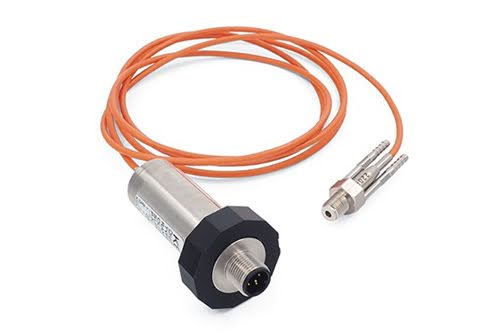
Fig 5. High-Temperature Pressure Transmitters
What are the main applications of specialty pressure transmitters?
Specialty pressure transmitters are used in a wide range of specialized applications where standard pressure transmitters may not be suitable due to challenging operating conditions or specific requirements. Some of the main applications of specialty pressure transmitters include
How do specialty pressure transmitters differ from standard pressure transmitters?
Specialty pressure transmitters differ from standard pressure transmitters in several key ways, primarily related to their design, features, and intended applications. Here are some of the primary distinctions:
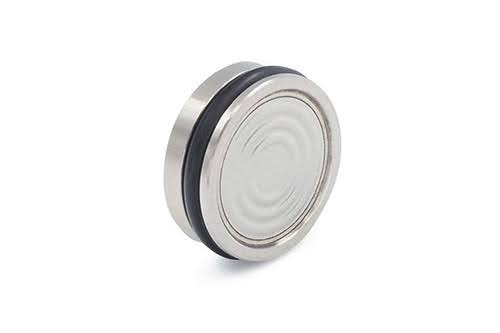
Fig 6. Intrinsically Safe OEM Pressure Transmitters
Extra information about Specialty Pressure Transmitter
Can specialty pressure transmitters measure extreme pressures?
Yes, specialty pressure transmitters can be designed to measure extreme pressures, depending on the specific application and requirements. Specialty pressure transmitters are often engineered to operate in challenging and extreme environments, which can include high-pressure conditions. Here are a few examples of how specialty pressure transmitters can be used to measure extreme pressures:
Are specialty pressure transmitters suitable for high-temperature environments?
Yes, specialty pressure transmitters can be designed to operate in high-temperature environments. These specialty transmitters are engineered to withstand elevated temperatures while maintaining their accuracy and reliability. Here are some key points regarding the suitability of specialty pressure transmitters for high-temperature environments:
High-temperature pressure transmitters are specifically designed to operate in conditions where temperatures can be significantly elevated.
They use specialized materials and components that can tolerate high temperatures without compromising their performance. This may include high-temperature alloys and insulating materials.
Cooling mechanisms, such as air or water cooling, may be incorporated to ensure that the internal components remain within their operational temperature limits.
Applications:
High-temperature pressure transmitters find applications in various industries and processes, such as:
How do specialty pressure transmitters handle corrosive media?
Specialty pressure transmitters that are designed to handle corrosive media use specific materials and construction techniques to ensure the integrity and longevity of the transmitter in such harsh environments. Handling corrosive media is crucial in applications where chemicals, acids, or aggressive gases are present. Here's how specialty pressure transmitters manage corrosive media:
Specialty pressure transmitters designed for corrosive media are often used in industries like chemical processing, petrochemical, pharmaceutical, and wastewater treatment, among others. The careful selection of the appropriate transmitter model, materials, and design is critical to ensure accurate and reliable pressure measurement while safeguarding the transmitter from damage in corrosive environments.
What is the lifespan of a specialty pressure transmitter?
The lifespan of a specialty pressure transmitter can vary significantly depending on several factors, including the type of transmitter, the environmental conditions in which it operates, the quality of its construction, and how well it is maintained. Generally, specialty pressure transmitters are built to be durable and long-lasting, but their lifespan can be influenced by the following factors:
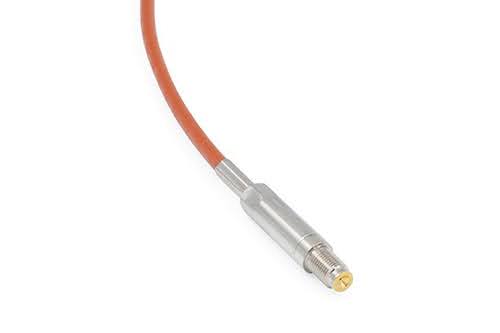
Fig 7. Miniature Pressure Transducers without Oil Filling
How do specialty pressure transmitters compensate for temperature variations?
Specialty pressure transmitters often incorporate temperature compensation mechanisms to account for variations in temperature and maintain accurate pressure measurements. Temperature fluctuations can affect the performance and accuracy of pressure transmitters, especially in applications where temperature changes are significant. Here's how specialty pressure transmitters compensate for temperature variations:
It's essential to consult the manufacturer's specifications and recommendations for specific details on the temperature compensation features of a specialty pressure transmitter and to select the appropriate model based on the temperature range and variations expected in the application.
What is the typical output signal of a specialty pressure transmitter?
The typical output signal of a specialty pressure transmitter can vary depending on the specific model and design of the transmitter, as well as the industry standards or preferences. However, there are several common output signal types used in specialty pressure transmitters. The choice of output signal is often determined by the application's requirements and compatibility with the data acquisition or control systems. Here are some typical output signal options:
Installation and Maintenance
Do specialty pressure transmitters require calibration?
Yes, specialty pressure transmitters, like all pressure transmitters, typically require periodic calibration to ensure their continued accuracy and reliability. Calibration is the process of comparing the output of the pressure transmitter to a reference standard and making adjustments as necessary to correct any deviations from the expected measurements. The frequency of calibration depends on various factors, including the type of pressure transmitter, the application, and the manufacturer's recommendations.
Here are some key points regarding the calibration of specialty pressure transmitters:
Calibration Frequency:
The calibration frequency for specialty pressure transmitters may vary. Some transmitters may require more frequent calibration, especially if they are used in critical applications where precision is paramount.
Factors Affecting Calibration:
Several factors can affect the need for calibration, including
The environment in which the transmitter is used: Extreme conditions, temperature fluctuations, and exposure to corrosive or abrasive media can impact calibration needs.
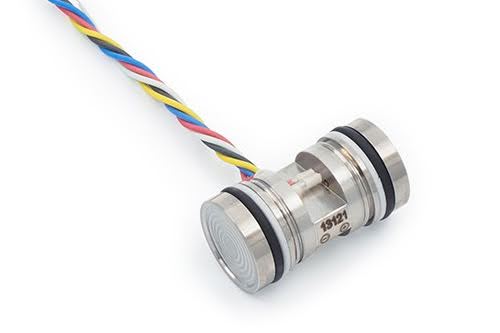
Fig 8. A DP transmitter
What is the accuracy of specialty pressure transmitters?
The accuracy of specialty pressure transmitters can vary widely based on the type, model, and manufacturer. Accuracy is a critical specification for pressure transmitters because it directly impacts the precision of pressure measurements, and it is often expressed as a percentage of the full-scale pressure range. The more accurate the transmitter, the closer its measurements are to the true pressure values.
Here are some general guidelines regarding the accuracy of specialty pressure transmitters:
Advantages and disadvantages of Specialty Pressure Transmitters
Specialty pressure transmitters offer various advantages and disadvantages, depending on their specific application and design. Here is a summary of the pros and cons of specialty pressure transmitters:
Advantages:
Disadvantages:
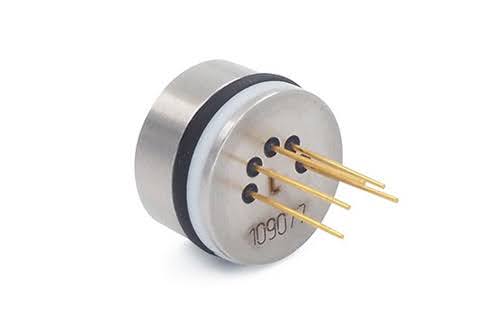
Fig 9. OEM High-Pressure Transmitters
Important factors for choosing the proper Specialty Pressure Transmitters
Choosing the proper specialty pressure transmitter is a critical decision that depends on the specific application and its unique requirements. To make an informed choice, consider the following important factors:
Unique considerations and features of specialty pressure transmitters
Specialty pressure transmitters are engineered to meet unique requirements and challenges in specific applications. They possess distinct considerations and features tailored to their intended use. Here are some of the unique considerations and features of specialty pressure transmitters:
Conclusion
In conclusion, specialty pressure transmitters play a crucial role in a wide range of industries and applications where standard pressure transmitters may not suffice. These specialized instruments are designed to meet the unique demands of challenging environments, from high-pressure and high-temperature conditions to corrosive or hygienic settings. Their importance in ensuring accurate and reliable pressure measurements cannot be understated.
Key takeaways from this discussion on specialty pressure transmitters include:
To recap
1. What is a specialty pressure transmitter?
A specialty pressure transmitter is a type of pressure sensor designed for specific applications and challenging environments. It is engineered to provide accurate and reliable pressure measurements in conditions where standard pressure transmitters may not be suitable.
2. What are the main applications of specialty pressure transmitters?
Specialty pressure transmitters are used in a wide range of applications, including oil and gas drilling, hygienic processes (e.g., food and pharmaceuticals), submersible level monitoring, aerospace, automotive, and high-pressure industrial processes.
3. How do specialty pressure transmitters differ from standard pressure transmitters?
Specialty pressure transmitters are designed with unique features and materials to withstand extreme conditions or meet specific requirements that standard transmitters cannot. They are tailored to challenging environments, while standard transmitters are more versatile.
4. What types of specialty pressure transmitters are available?
Various types of specialty pressure transmitters are available, including high-pressure transmitters, submersible transmitters, sanitary transmitters, and others, each designed for specific applications and challenges.
5. How do specialty pressure transmitters handle corrosive media?
Specialty pressure transmitters for corrosive media use materials and seals that resist corrosion, hermetically sealed enclosures, and isolation diaphragms to protect sensitive components from contact with corrosive substances.
6. What is the lifespan of a specialty pressure transmitter?
The lifespan of a specialty pressure transmitter varies based on factors like design, operating conditions, maintenance, and quality. Properly maintained transmitters can have a long operational lifespan.
7. How do specialty pressure transmitters compensate for temperature variations?
Many specialty pressure transmitters incorporate temperature sensors and compensation algorithms to adjust pressure readings based on temperature variations, ensuring accurate measurements in changing temperature environments.
8. What is the typical output signal of a specialty pressure transmitter?
The typical output signal of a specialty pressure transmitter can be analog voltage (e.g., 0-10V), analog current (e.g., 4-20mA), digital communication protocols (e.g., HART, Modbus), or other specialized signals depending on the transmitter's design and application.
9. What are the advantages of specialty pressure transmitters?
Advantages include precise measurements, environmental adaptability, customization options, compliance with standards, longevity, and the ability to provide accurate measurements in challenging conditions.
10. What are the disadvantages of specialty pressure transmitters?
Disadvantages may include higher costs, specialized maintenance requirements, complexity, calibration needs, limited versatility, and potential compatibility issues with existing systems.
References
https://www.directindustry.com/prod/brooks-instrument/product-14565-1608176.html
https://www.amazon.in/Measurement-Specialties-Transmitter-Calibration-Certificate/dp/B071Y1VCYN?th=1
https://www.te.com/usa-en/products/sensors/pressure-sensors/pressure-transducers.html
https://www.expo21xx.com/automation21xx/15731_st3_sensors-actuators/default.htm
https://gp50.com/products/search-by-category/cryogenic-high-temperature/
Recent Posts
-
Booster Pump Troubleshooting and Maintenance: How to Fix and Prevent Common Issues
1. Introduction Imagine turning on your faucet only to be greeted with a weak trickle of water when …22nd Apr 2025 -
Energy-Efficient Booster Pumps: Selection and Tips for Maximizing Performance
1. Introduction Imagine never having to deal with fluctuating water pressure, noisy pumps, or skyroc …19th Apr 2025 -
Booster Pumps for Sustainable Water Systems: Irrigation and Rainwater Harvesting Solutions
1. Introduction Water scarcity is no longer a distant threat—it’s a reality affecti …16th Apr 2025




